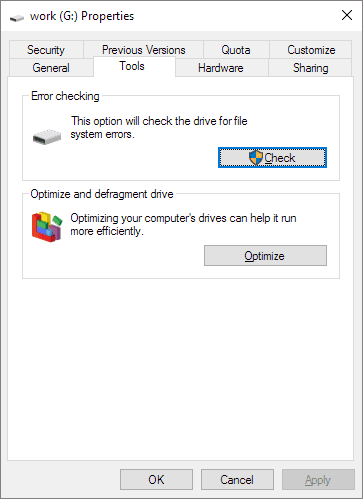
Therefore the size of it determines the smallest unit size that a file can store in. So if your USB drive is usually used to store files bigger than 4GB, exFAT is a good choice for you.Īllocation unit or data cluster is the unit of disk space for storing files. So if you doesn't use your USB drive to store files larger than 4GB, format the drive to FAT32.ĮxFAT: The extended File Allocation Table (exFAT) builds on FAT32 so that it has a smaller size and a faster read/write speed while it can read and write large files like NTFS. It is widely compatible with different devices, small in size and fast in reading and writing data. But NTFS is usually not recommended for USB Flash drives.įAT32: The File Allocation Table 32 (FAT32) was the standard Windows file system before NTFS. It can read and write file larger than 4 GB and is more suitable for hard drive on 32 GB and more. NTFS: The NT File System (NTFS) is the file system that modern Windows versions use by default. Then click Start, followed by OK to confirm that you want to erase all data in your USB drive and format it.

Select a right File system ( FAT32, NTFS, exFAT), Allocation unit size, Volume label, and Format options.Right-click the drive, and select Format… Open Windows File Explorer and go to This PC (aka Computer or My Computer). (Further instructions can be accessed at the end of the article) If you accidentally format your USB drive without backing up important files, you can download FonePaw Data Recovery (opens new window) to restore your data. ! Warning: Before formatting, you must back up the files you want to reserve in the flash drive.


Usb drive format error how to#
How to Format A USB Drive to FAT32, NTFS, exFAT, or EXT4 What's going wrong and how can you solve it? It is time to format your USB Flash drive. Or you find strange files with various unfamiliar file extensions in your USB drive and you cannot delete it. You may find that the USB drive cannot be opened or the file saved in it cannot be opened or even disappear. All kinds of weird things can happen to a USB Flash drive.


 0 kommentar(er)
0 kommentar(er)
